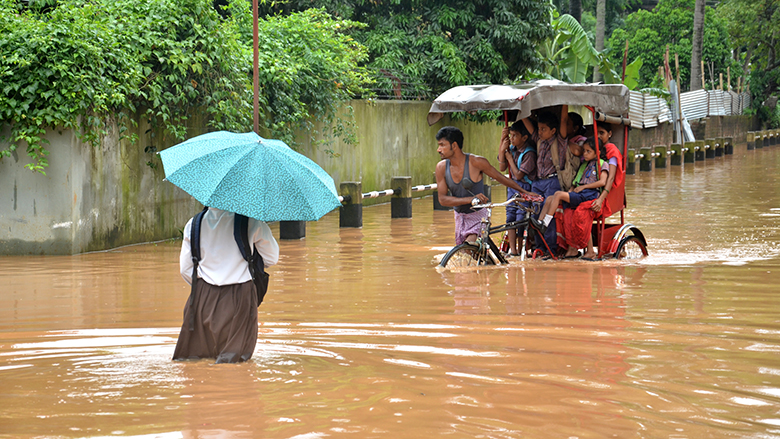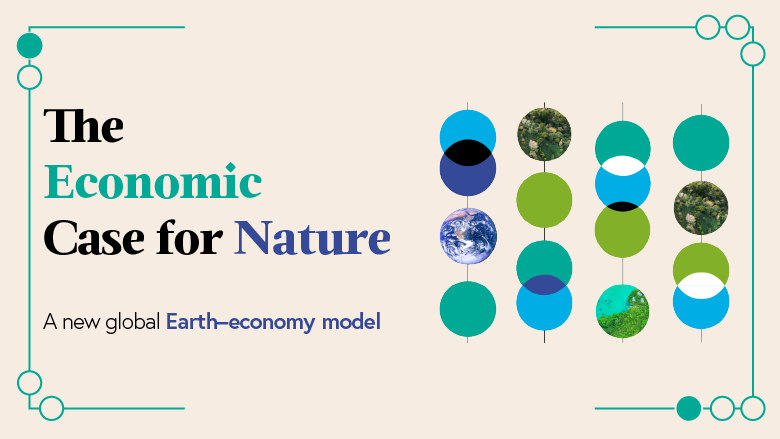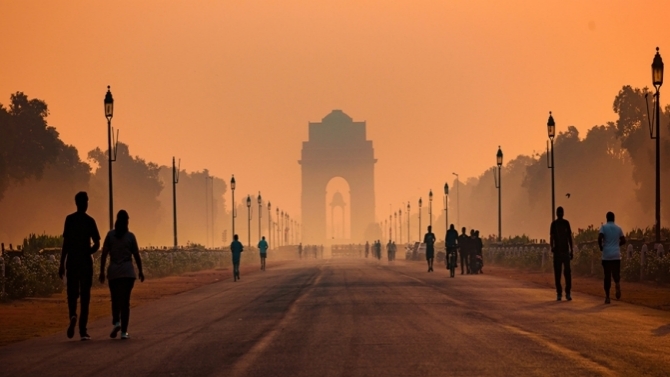Why #OneSouthAsia?
Climate
VIDEO

VIDEO
Aug 31, 2022
South Asia Hydromet Forum
In South Asia, people are experiencing the effects of a warming climate. Almost 750 million people -- half of South Asia’s population -- were affected by at least one climate-related disaster in the last two decades. The South Asia Hydromet Forum (SAHF) supports regional engagement to promote collaboration and enhance capacity at the regional and sub-regional levels towards improving Hydromet, Early Warning and Climate Services in South Asia








